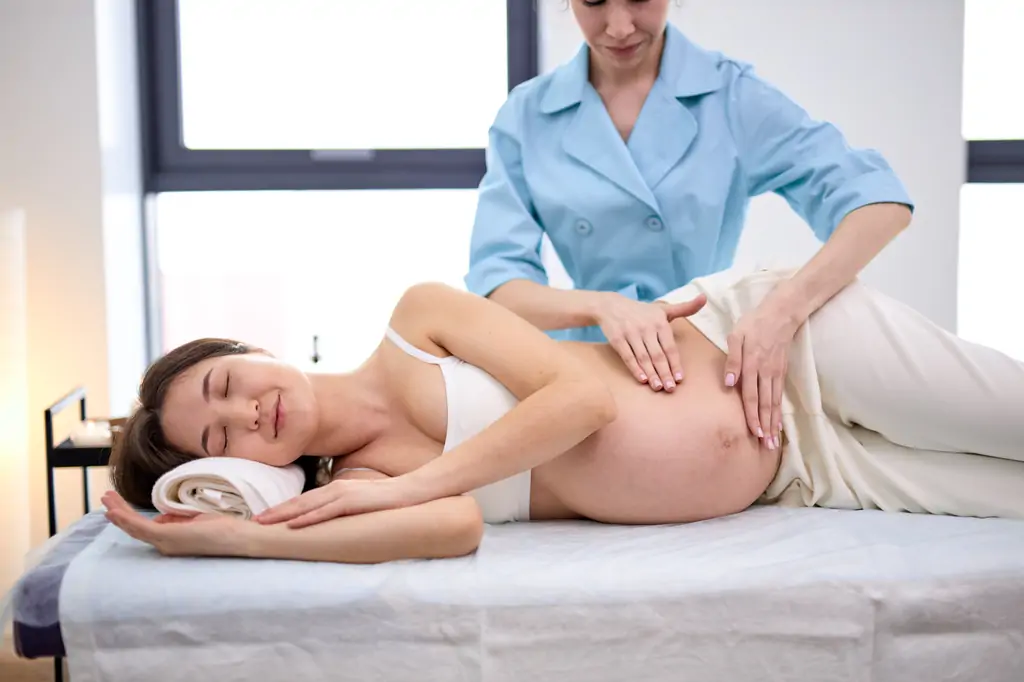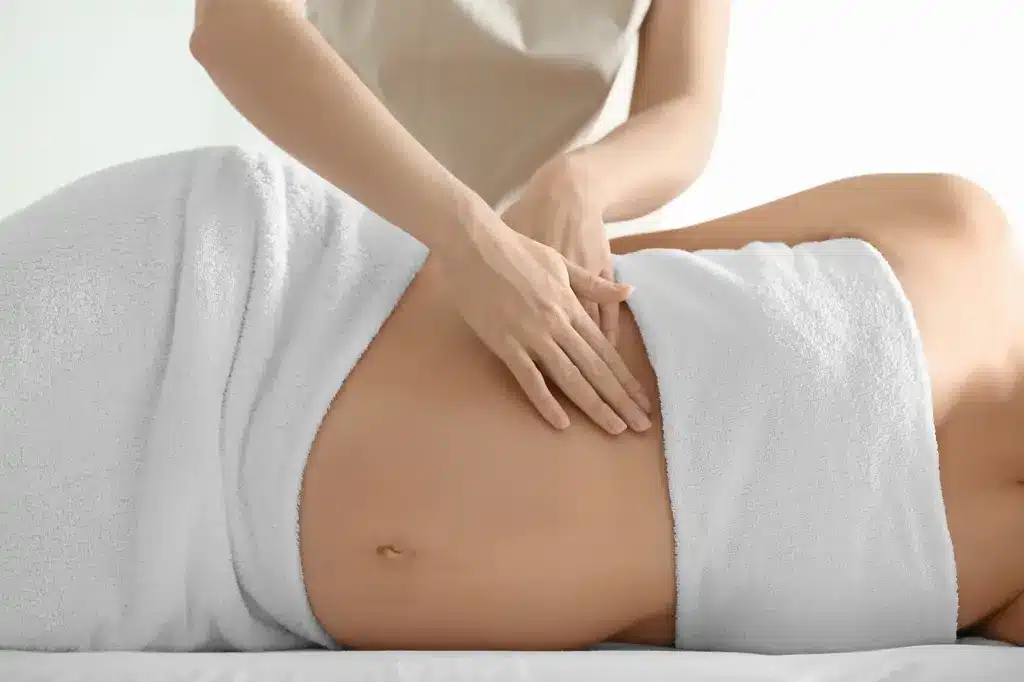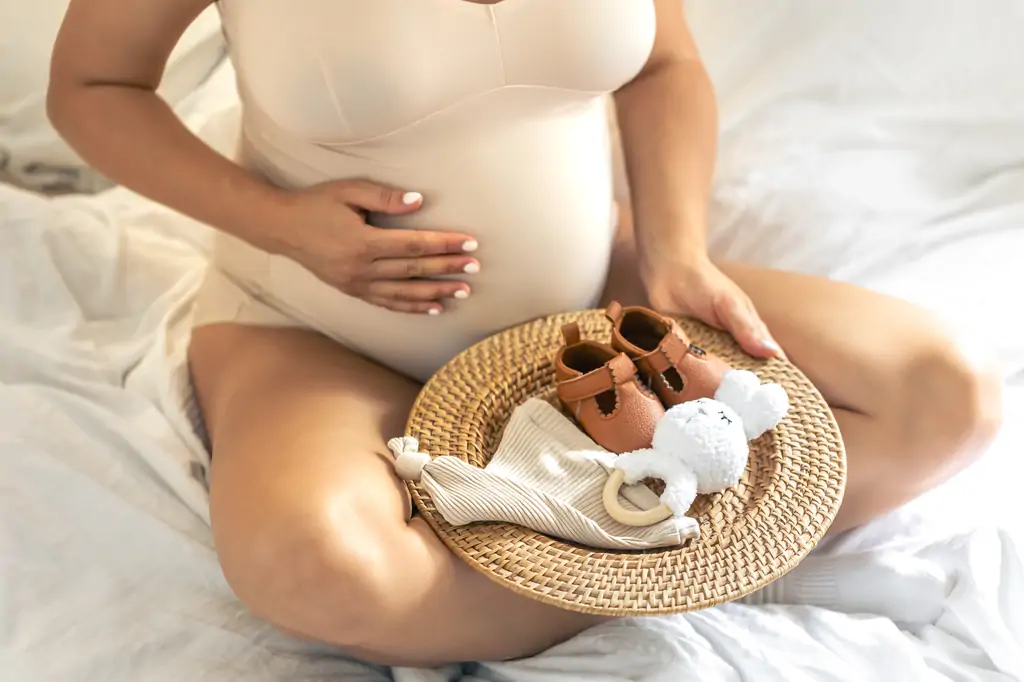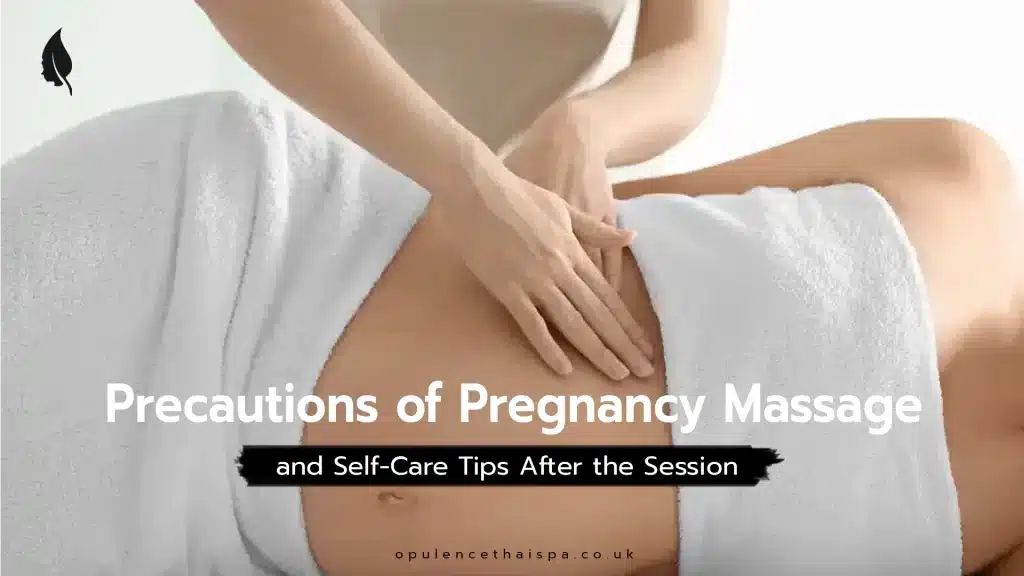Table of Contents
Pregnancy massage, also known as prenatal massage, is a popular therapeutic option for expectant mothers. It helps relieve back pain, reduce swelling, improve sleep, and promote overall relaxation during pregnancy. However, while it offers many benefits, there are certain precautions to be taken seriously before, during, and after a pregnancy massage.
This article provides an in-depth guide on the dos and don’ts of pregnancy massage, and essential self-care tips after the session to help ensure both safety and wellness.

What is Pregnancy Massage?
Pregnancy massage is a type of therapeutic bodywork that focuses on the special needs of a pregnant woman. It aims to reduce stress, ease muscle tension, and improve circulation. The techniques used in prenatal massage are gentle and are tailored specifically to suit pregnant bodies.
It is typically recommended for women in their second and third trimesters, and should always be performed by a licensed massage therapist trained in prenatal care.
Benefits of Pregnancy Massage
Before diving into the precautions, let’s quickly highlight the benefits that make this therapy so appealing:
| Benefits of Pregnancy Massage | Description |
|---|---|
| Reduced back and joint pain | Gentle pressure helps ease strain caused by a growing belly |
| Improved circulation | Helps reduce swelling in hands, feet, and ankles |
| Stress relief | Decreases stress hormones, promotes relaxation |
| Better sleep | Supports deeper and more restful sleep |
| Hormonal balance | Reduces cortisol and increases serotonin and dopamine |
Important Precautions Before Getting a Pregnancy Massage
Even though pregnancy massage is generally safe, there are some situations where caution is needed. These guidelines will help ensure both you and your baby are protected.
1. Always Consult Your Doctor First
Before booking a prenatal massage, it is critical to speak with your OB-GYN or midwife, especially if you:
- Have a high-risk pregnancy
- Are experiencing preeclampsia, bleeding, or gestational diabetes
- Have a history of miscarriage or premature labor
Medical clearance is a must for your safety.

2. Choose a Certified Prenatal Massage Therapist
Not all massage therapists are trained in prenatal techniques. Be sure to:
- Ask if they have certification or experience in pregnancy massage
- Verify their credentials
- Avoid “one-size-fits-all” massage salons
A properly trained therapist understands safe pressure points, proper positioning, and when to avoid certain techniques.
3. Avoid Massage During the First Trimester
The first trimester (weeks 1-12) is considered a more delicate period in pregnancy. Most therapists avoid offering massage during this phase due to the higher risk of miscarriage and hormonal changes. If massage is done, it should be extremely gentle and approved by your doctor.
4. Never Lie Flat on Your Back
During the second and third trimesters, lying on your back can cause pressure on the vena cava (a major blood vessel), reducing blood flow to the baby.
A professional therapist will position you on your side using bolsters and pillows to support your spine, hips, and belly.
5. Avoid Deep Tissue and Trigger Point Massage
Pregnancy massage is meant to be gentle and nurturing, not intense. Techniques like deep tissue or reflexology (especially on the feet or ankles) can sometimes stimulate contractions. A safe prenatal massage:
- Focuses on light to moderate pressure
- Avoids acupressure points that may trigger labor
- Excludes the abdominal area unless lightly stroked with approval

What to Expect During a Pregnancy Massage
When you arrive for your appointment, your therapist should:
- Take a detailed health history
- Ask about your stage of pregnancy
- Use unscented or pregnancy-safe oils
- Position you in a side-lying or semi-reclined posture
- Keep sessions between 30-60 minutes
Always communicate if you feel any discomfort or dizziness during the massage.
Aftercare: How to Take Care of Yourself After a Pregnancy Massage
Post-massage care is just as important as the session itself. Proper aftercare can enhance the benefits and prevent unwanted symptoms like soreness or fatigue.
1. Hydrate Well
Massage stimulates the lymphatic system and increases circulation, which can lead to dehydration. Drink plenty of water before and after your session to flush out toxins and keep your body hydrated.
2. Rest and Relax
Your body may feel deeply relaxed or even sleepy after a massage. Plan to take it easy for the next few hours:
- Avoid strenuous activities
- Take a nap if needed
- Allow yourself some quiet time
Listening to your body helps maximize the healing benefits of massage.

3. Eat a Light Meal
After your session, opt for a light, nutritious snack rather than a heavy meal. Some women feel a bit light-headed or hungry after a massage.
Healthy options include:
- Fruits
- Whole grains
- A smoothie with protein
4. Take a Warm (Not Hot) Shower
A warm shower can help relax the muscles further, but avoid hot baths or saunas, especially in later pregnancy stages. Heat can raise core body temperature, which isn’t safe during pregnancy.
5. Monitor for Unusual Symptoms
While rare, it’s important to watch for:
- Dizziness or nausea
- Uterine contractions
- Vaginal bleeding
- Swelling that gets worse
If you experience any of these symptoms, contact your healthcare provider immediately.
Key Differences Between Regular and Pregnancy Massage
| Category | Regular Massage | Pregnancy Massage |
|---|---|---|
| Pressure Level | Can include deep tissue | Light to moderate only |
| Positioning | Face-down or flat on back | Side-lying or semi-reclined |
| Target Areas | Full body | Avoids abdomen, certain points |
| Therapist Training | General massage certification | Specialized prenatal training |
| Oil Use | General oils, fragrances | Pregnancy-safe oils only |
Who Should Avoid Pregnancy Massage?
Pregnancy massage may not be suitable if you have:
- High blood pressure or preeclampsia
- Severe swelling or headaches
- Placenta previa
- Recent bleeding or spotting
- Recent surgery or injury
Always disclose your full medical history to the therapist and obtain medical clearance.

Final Thoughts
Pregnancy massage can be a safe and effective way to ease discomfort, improve circulation, and promote emotional well-being. However, it must be approached with caution and professional guidance.
By understanding the precautions involved and following proper aftercare, expectant mothers can enjoy the benefits of this therapy without unnecessary risks.
Remember: your body is doing amazing work during pregnancy. Giving it the care and respect it needs—before, during, and after a massage—is one of the best ways to support a healthy journey toward motherhood.
Looking for a certified prenatal massage therapist near you? Always check their credentials, reviews, and experience with pregnancy massage before booking.
Founder and driving force behind Web Evolve Co., Ltd., a full-service website development and digital solutions company trusted by leading businesses across Thailand. With over 5 years of experience in the digital industry, he specializes in designing and developing websites that excel in both UX/UI and SEO — empowering businesses to grow sustainably in the digital world.











